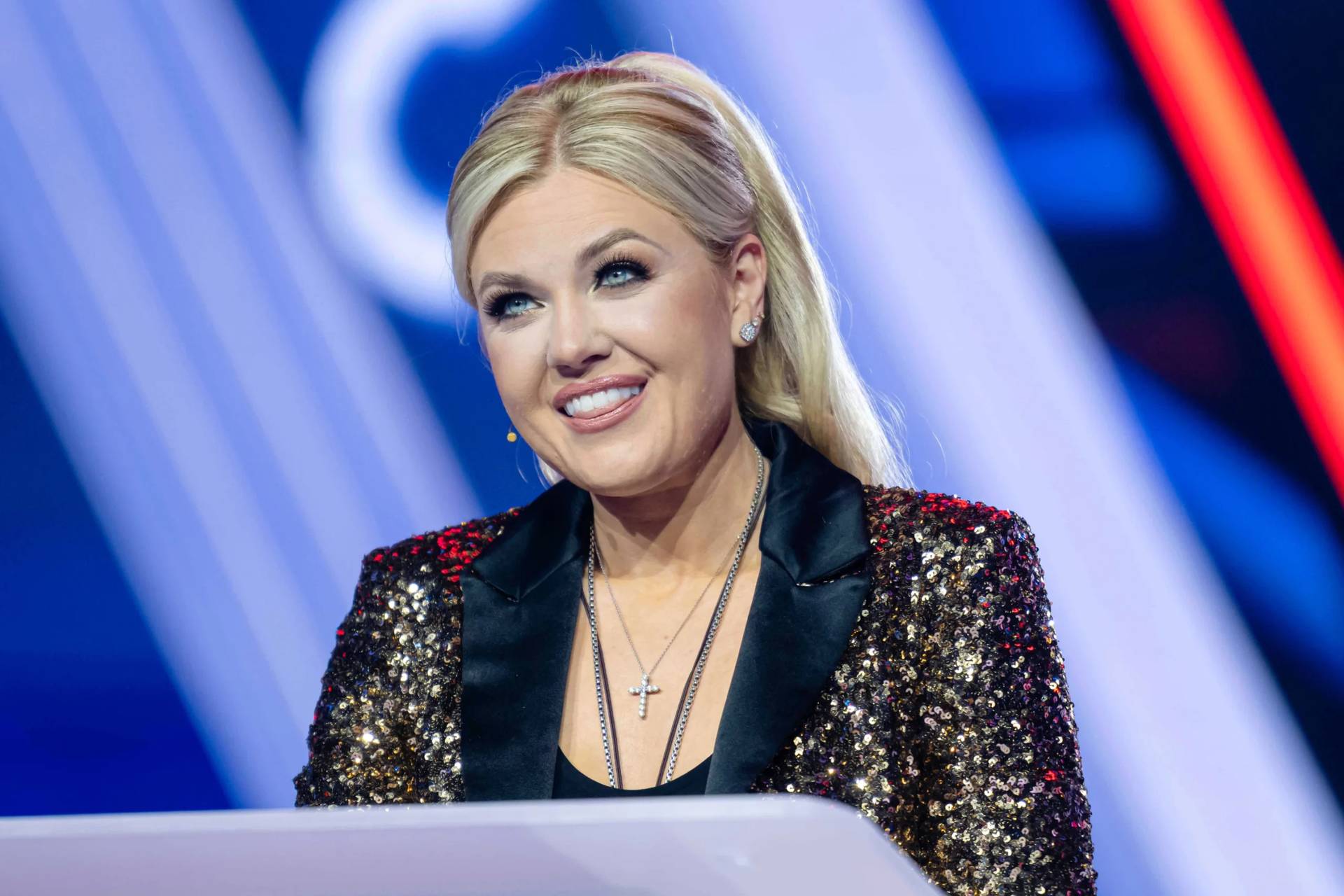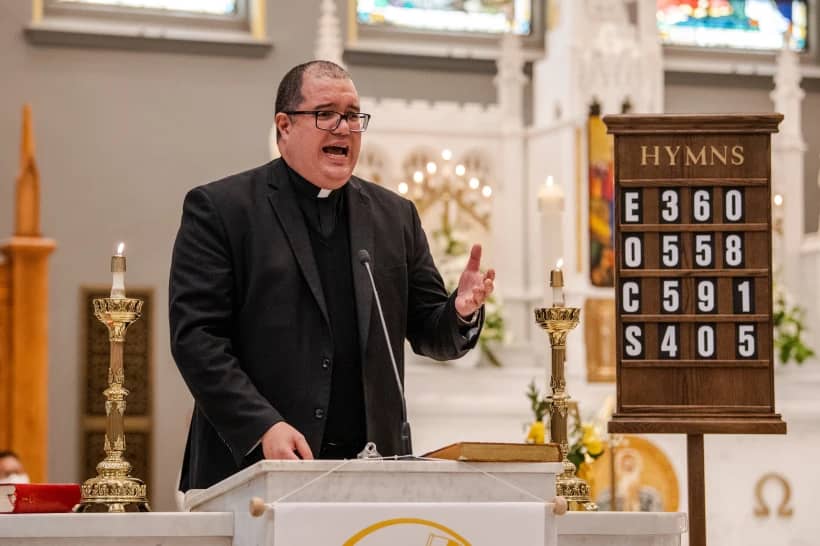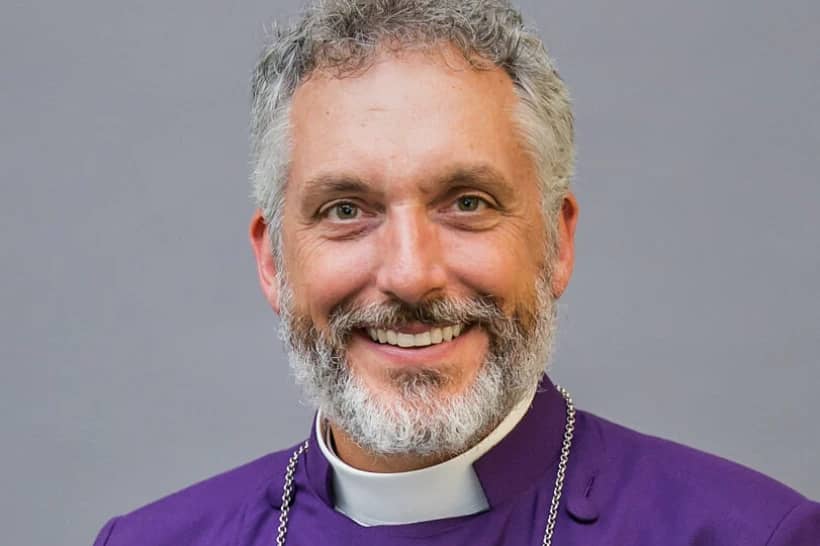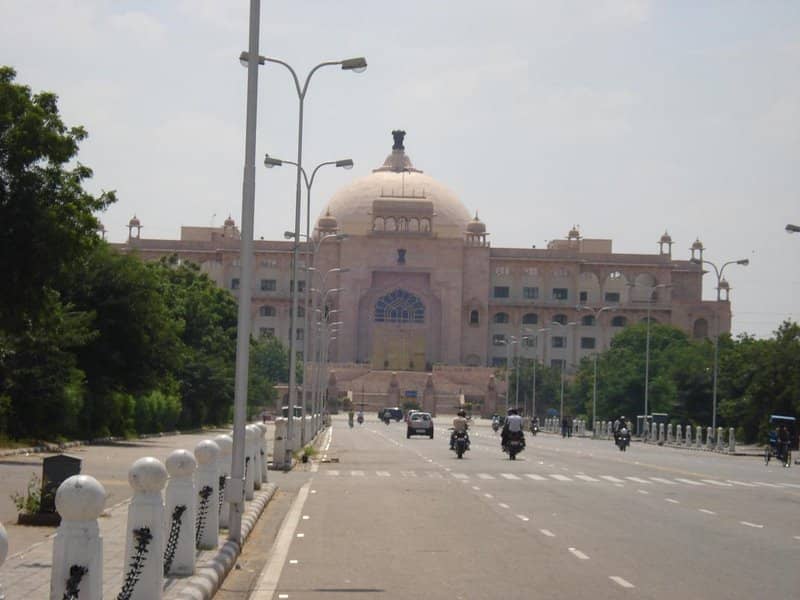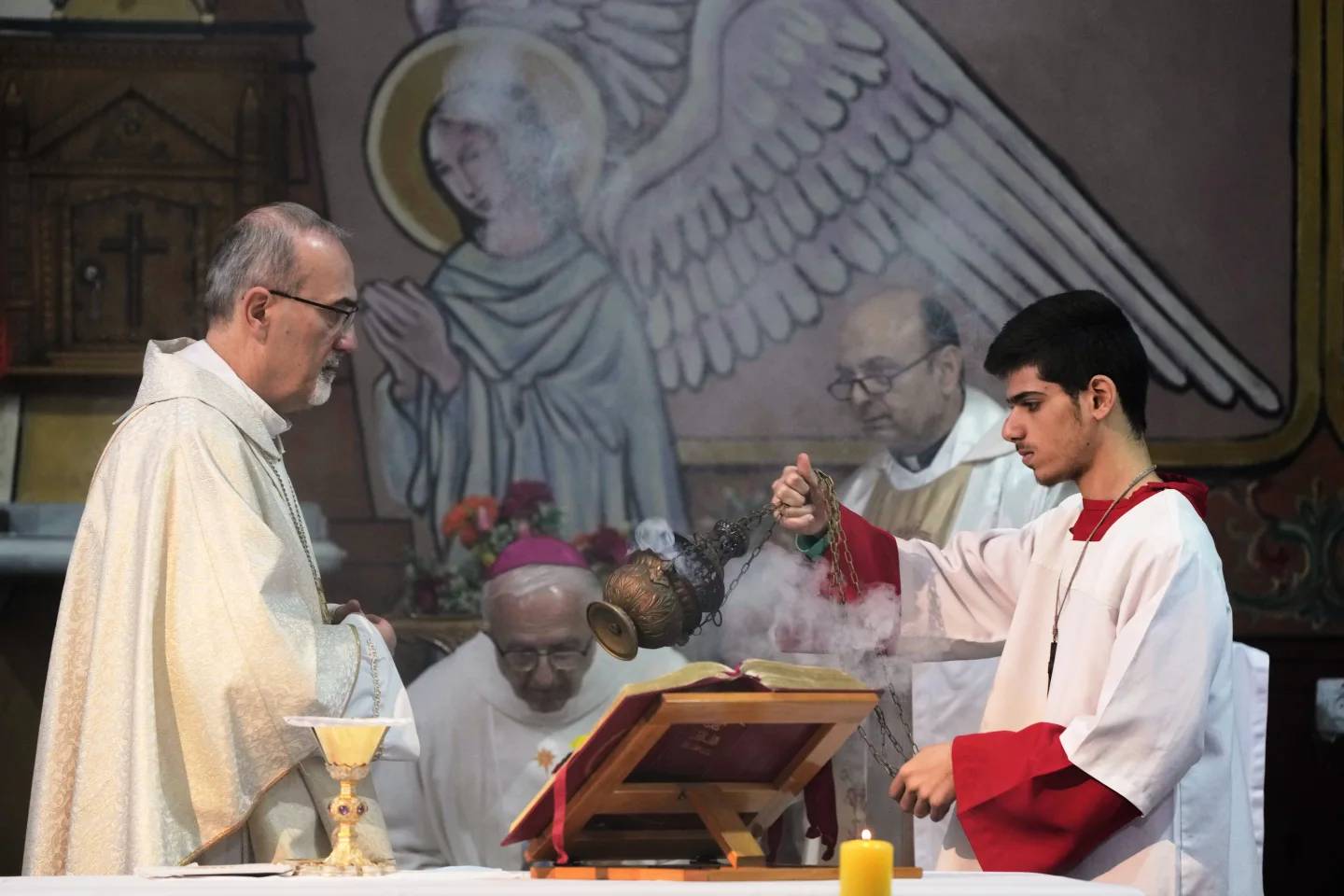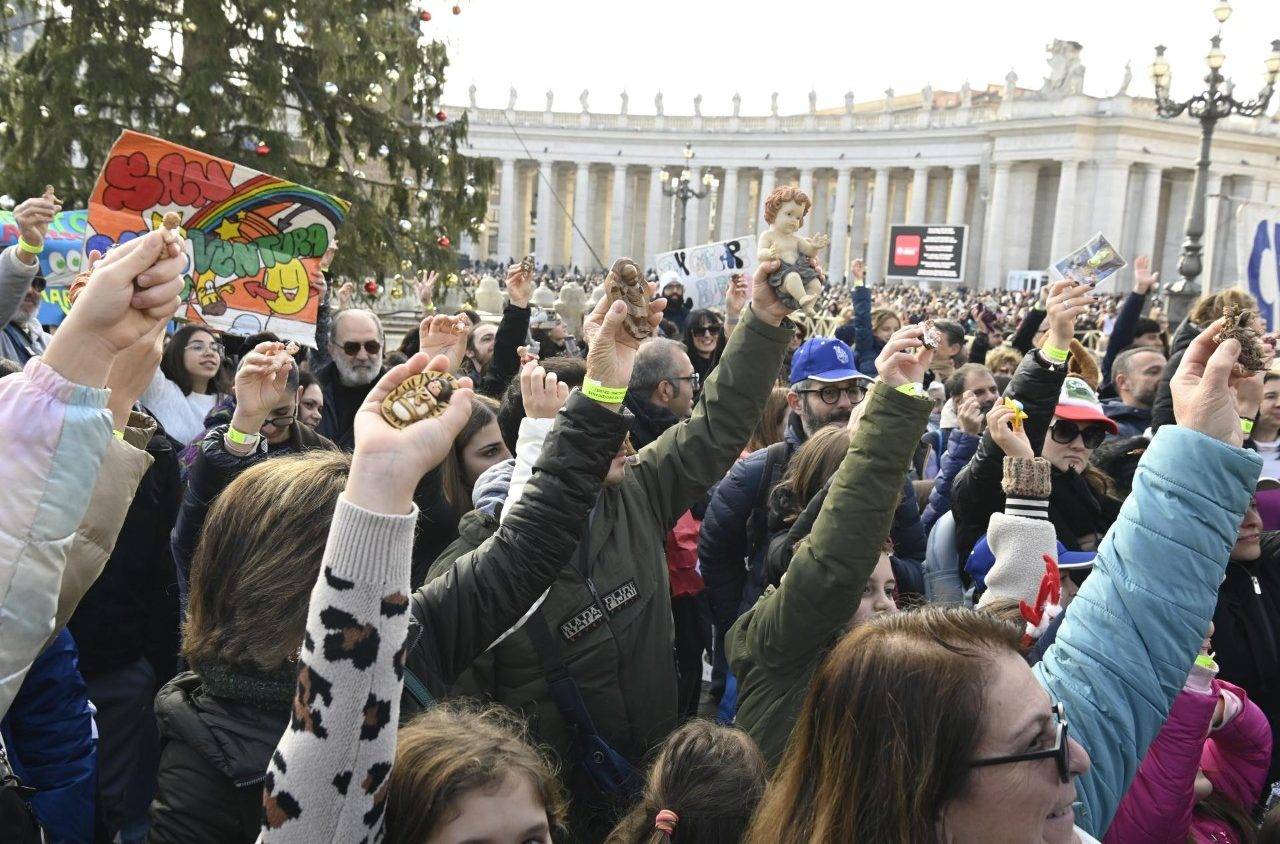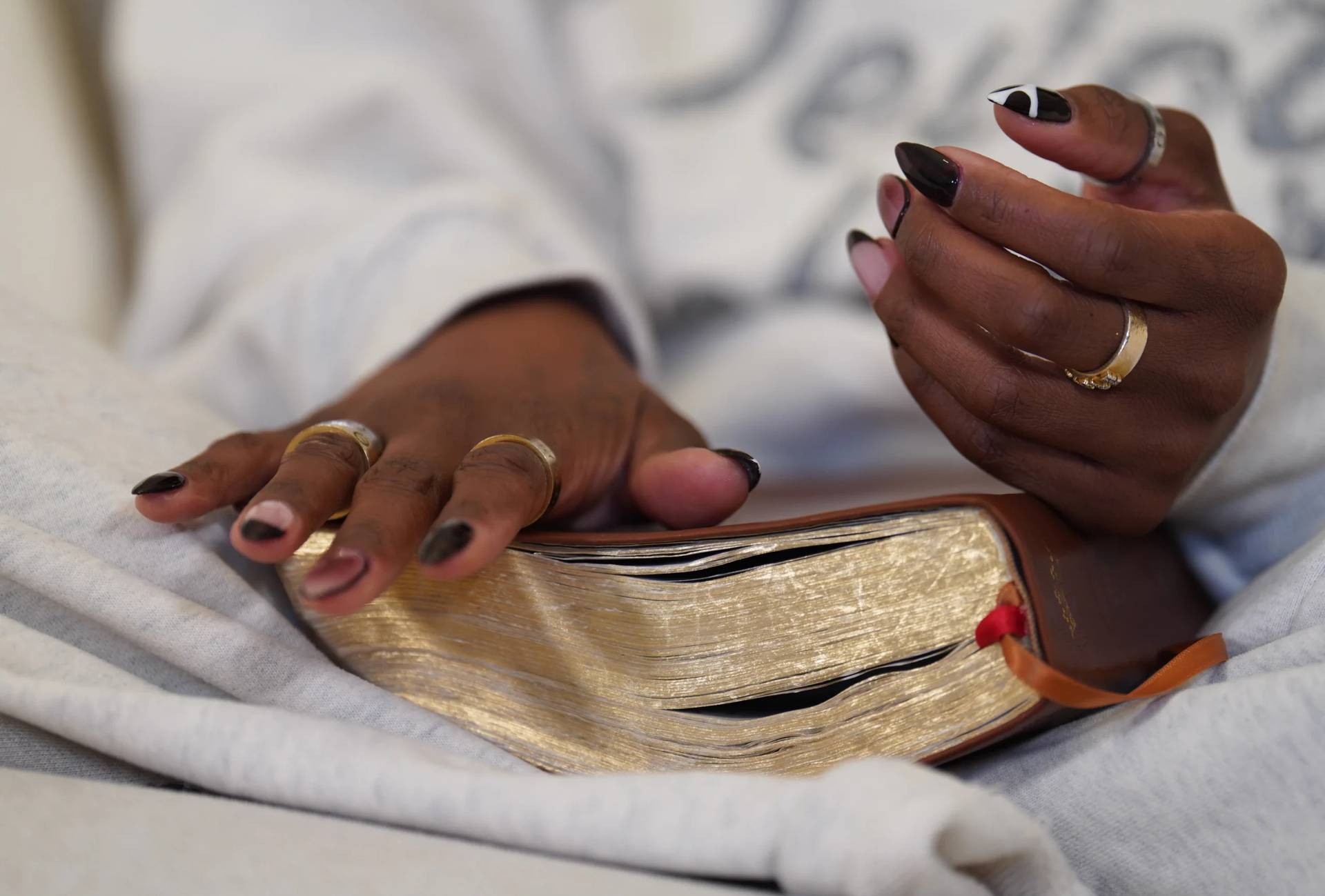MUMBAI – Following a deadly New Year’s Day earthquake along Japan’s western coast which, so far, has left at least 84 people dead, the country’s most senior Catholic cleric says the church likely will not call for a nationwide mobilization or for volunteers from outside the country as it did in the wake of an even deadline quake and tsunami in 2011.
Archbishop Tarcisio Isao Kikuchi of Tokyo told Crux Jan. 4 that the most heavily affected area by the magnitude 7.5 earthquake is part of the Diocese of Nagoya, including parishes and stations on the Noto Peninsula under the pastoral care of the Carmelite Fathers.
The Emergency Response and Support Team (ERST) of the bishops’ conference, together with Caritas Japan, have met with the diocesan Caritas of Nagoya Jan. 3, and began their assessment of
the damage,” Kikuchi said.
“After this assessment, Caritas Japan and the diocesan Caritas will organize rehabilitation assistance programs for victims,” he said.
Right now, Kikuchi explained, the humanitarian imperative is continuing the search for survivors of the quake, despite the fact that a 72-hour window has passed generally considered crucial for finding people still alive.
“At this moment, as emergency rescue activities are going on, NGOs are not able to reach the affected people,” Kikuchi said.
As of Friday morning, Japanese authorities said that while 156 people had been found, at least 179 others remained unaccounted for.
Given the remote nature of the affected area, victims of the disaster remain largely cut off from electricity, food, water and communications, local media reported, with relief efforts further complicated by the fact that roads connecting the isolated settlements have been rendered impassable.
The 65-year-old Kikuchi said the largely rural and underdeveloped character of the area cautions against putting out calls for volunteers to assist in rescue and relief efforts.
“As the access to the area is limited and the Church facilities are not enough to accommodate many people, we may not call for volunteers from all over Japan as we did in 2011 disaster nor we may not ask for any volunteers from outside Japan,” he said.
That 2011 quake and tsunami, which claimed an estimated 20,000 lives and left more than 200,000 people homeless, was the most powerful earthquake ever recorded in Japan and the fourth most powerful ever detected since the emergence of modern seismography in the early 20th century.
Kikuchi told Crux that the damage this time is less intense, though it’s a reminder of the recurrent nature of such threats in Japan.
“As we are living on an island prone to such natural disaster, we will reinforce our emergency response capacity through Caritas Japan,” he said.
During his Jan. 3 General Audience, the first of 2024, Pope Francis expressed “spiritual closeness” to those affected by the Japanese earthquake. That comment built on a telegram dispatched the day before by Italian Cardinal Pietro Parolin stating that the pontiff was “deeply saddened” by the loss of life, and that he “prays especially for the dead, those who mourn their loss, and for the rescure of any persons still missing.”
Kikuchi said those messages had reached the church community in Japan.
“We are grateful for the kind messages and prayers for victims of the current earthquake in Noto Peninsula, and particularly we are grateful for the concern and prayers of the Holy Father, which have been expressed in the telegram of Cardinal Secretary of State and also Holy Father himself during the recent general audience,” he said.







